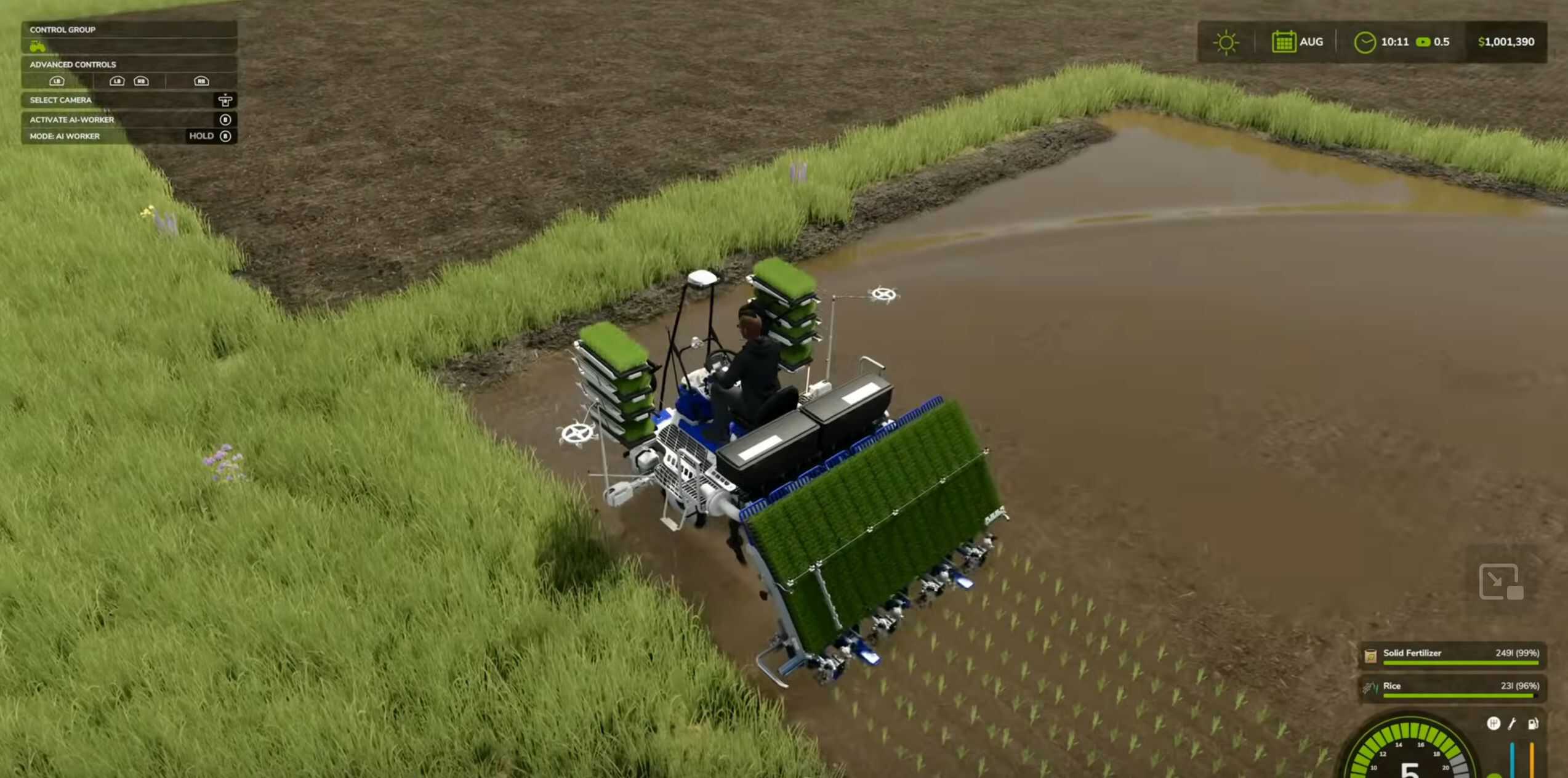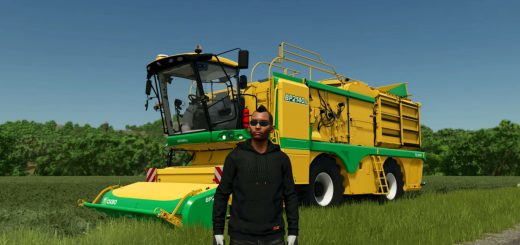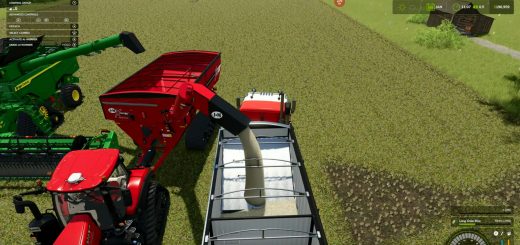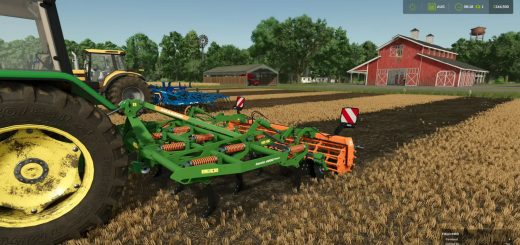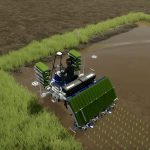
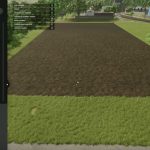

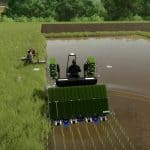
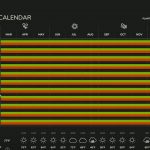
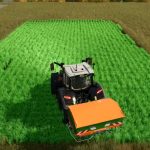
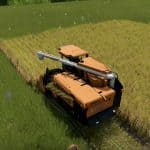
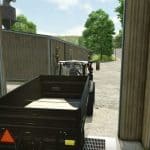
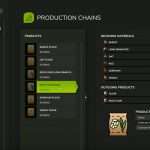

Tutorial: Mastering Rice Farming in FS25
In Farming Simulator 25, rice farming takes on a whole new dimension with two varieties to choose from: regular rice and long grain rice. This guide will focus exclusively on how to plant, grow, and harvest regular rice, also known as wet rice. If you’re playing on maps that don’t have pre-built rice fields, like Riverbend Springs, follow along to set up your own rice paddy and get started on your journey to becoming a rice farming expert!
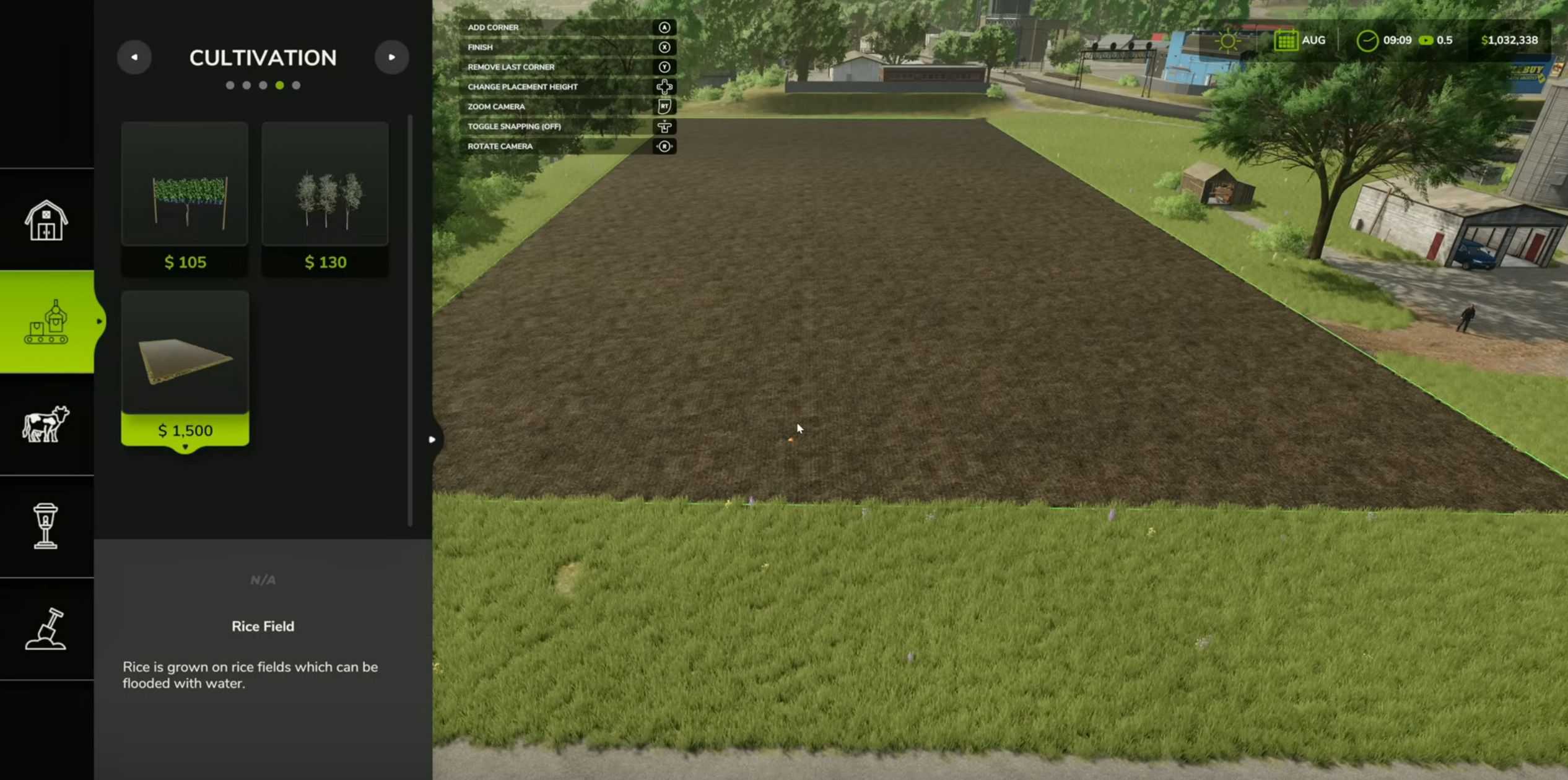
Step 1: Setting Up Your Rice Field
To grow regular rice, you’ll first need to create a rice paddy. The game doesn’t come with rice fields pre-installed on certain maps, so you’ll have to make your own. Here’s how to do it:
- Choose a flat area on your map (for example, Field 82 on Riverbend Springs is ideal due to its flat terrain).
- Enter Build Mode, navigate to the “Cultivation” section, and select “Rice Field.”
- Mark the corners of your rice field to define its shape. This can be done anywhere on the map, even outside existing fields.
- Once you’re satisfied with your field’s size, finalize the creation. The game will automatically level the ground and create a ridge around the field, preparing it for flooding.
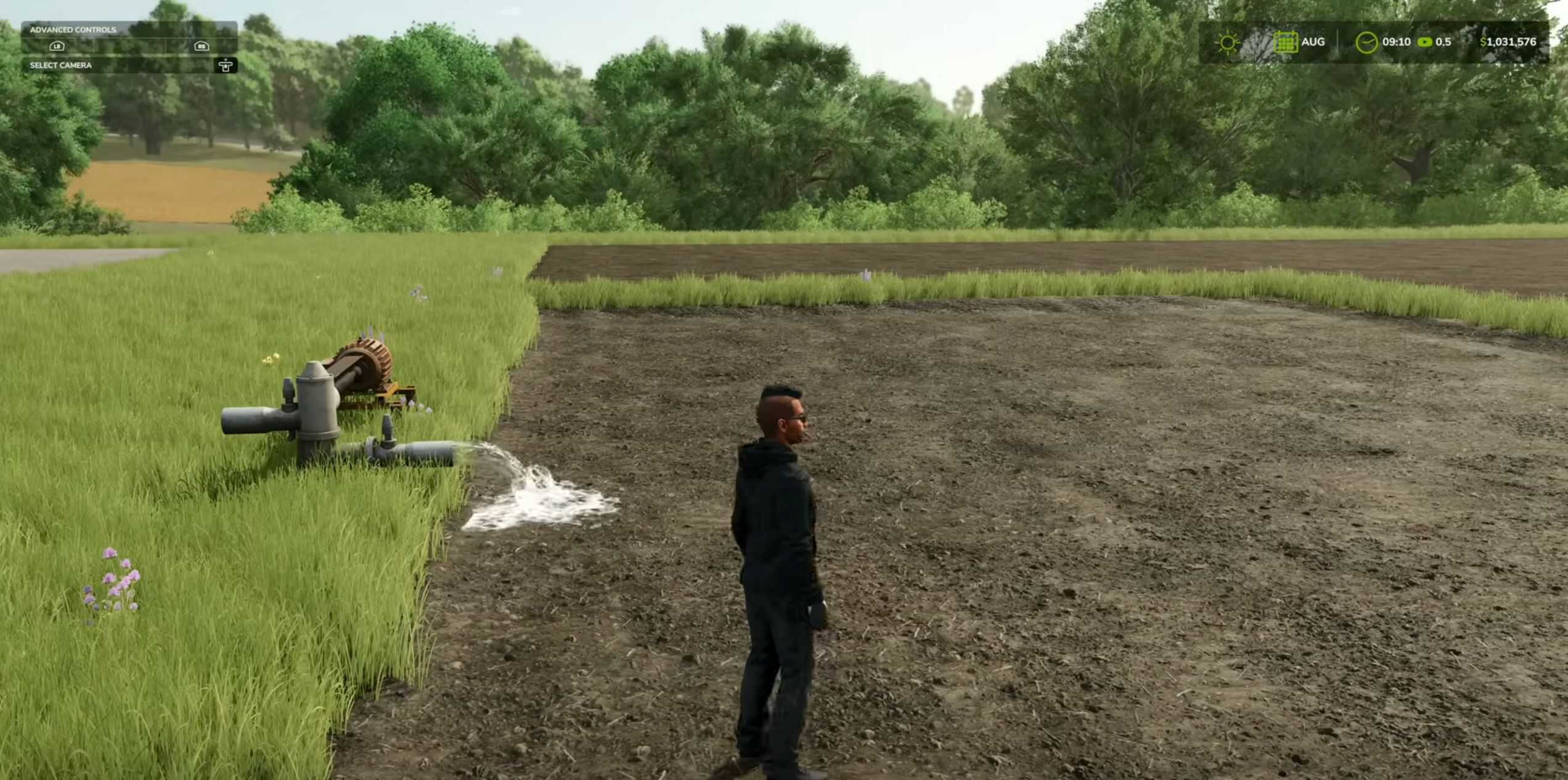
Step 2: Flooding the Field
Wet rice requires a flooded field for optimal growth. As soon as your rice field is created, it’s time to flood it:
- Locate the pump at the edge of your rice field.
- Interact with the pump to begin flooding. This process will take around 30-45 in-game minutes.
- Ensure the field is completely flooded before moving on to planting.
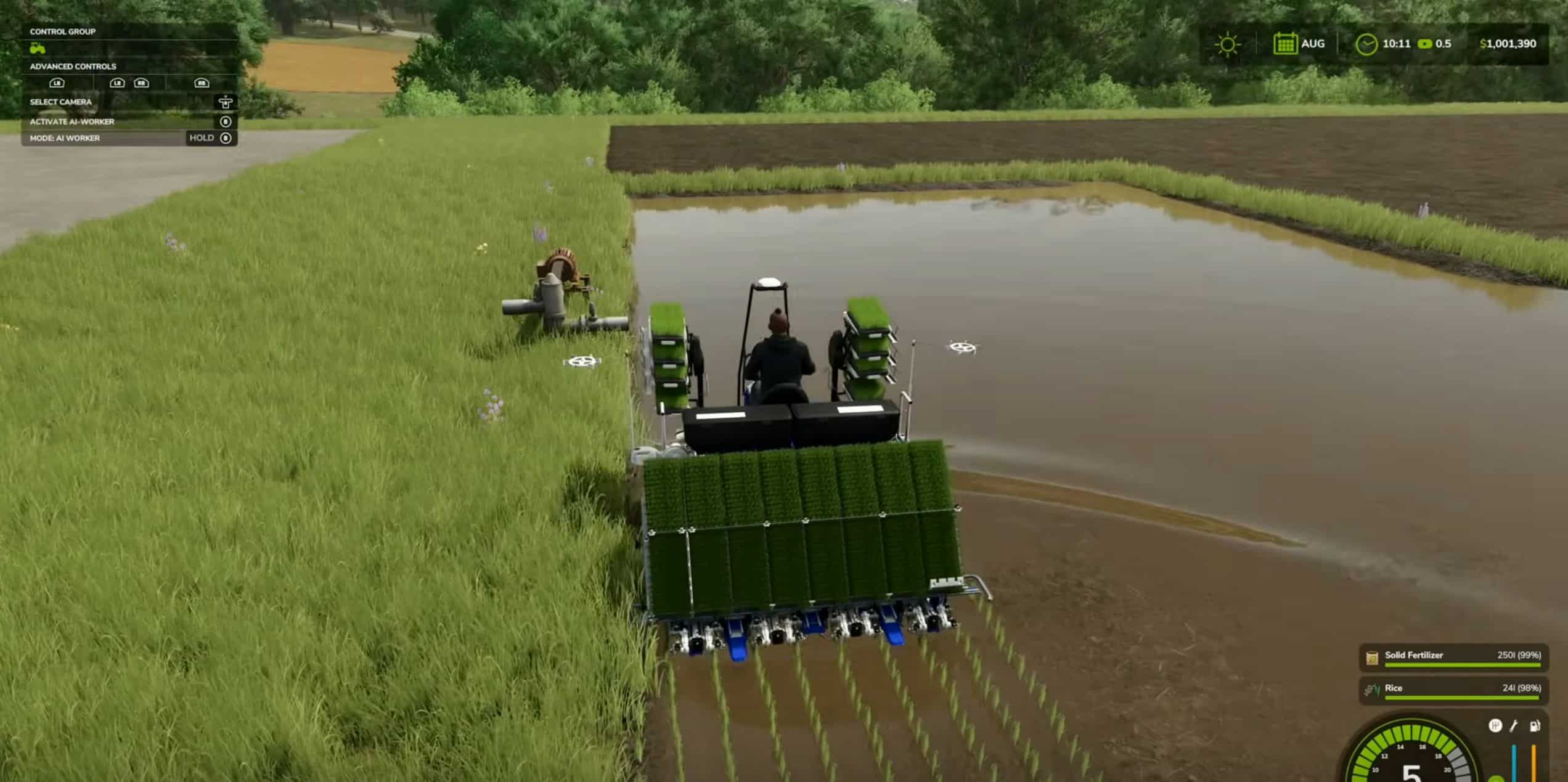
Step 3: Planting Regular Rice
Unlike long grain rice, regular rice requires special equipment. Here’s how to get started:
- Buy the Iseki Seeder from the “Special Crops” section in the shop. This is the only seeder that works for regular rice.
- Fill the seeder with rice saplings and solid fertilizer. The seeder has a capacity of 250 liters of fertilizer and can handle an entire field with one pallet of saplings.
- Once the field is fully flooded, start planting. Make sure you’re planting directly into the water, as the seeder won’t work on dry ground.
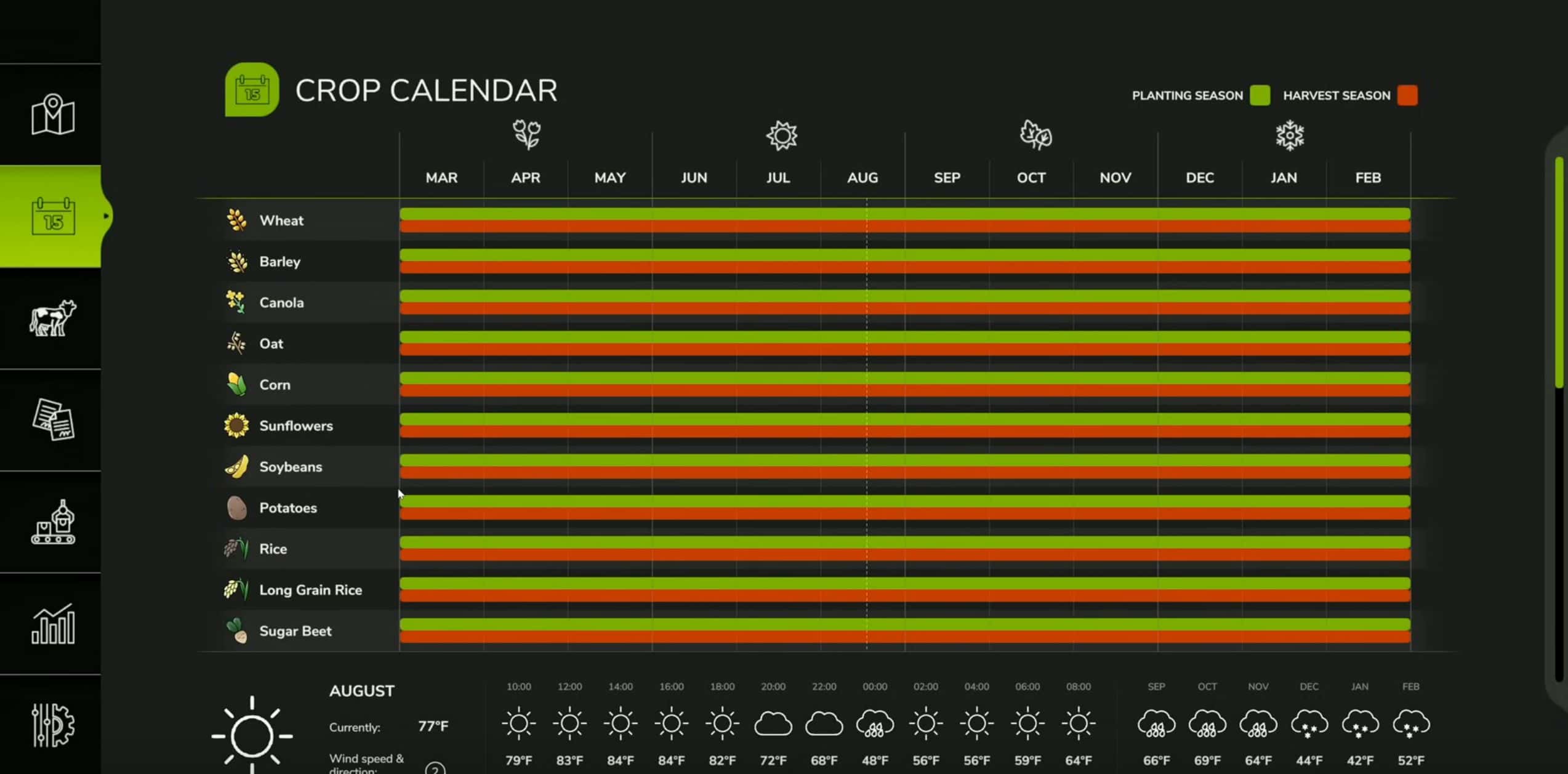
Step 4: Managing Water Levels and Growth Stages
Rice fields require careful management of water levels during the growth cycle:
- Flood the field for two months after planting to ensure optimal growth.
- Once the rice reaches its third growth stage, drain the water to prevent the plants from dying. Leaving the field flooded for too long will damage the crop.
- If you’re using seasonal growth, pay close attention to the crop calendar to ensure you’re planting and harvesting at the right times.
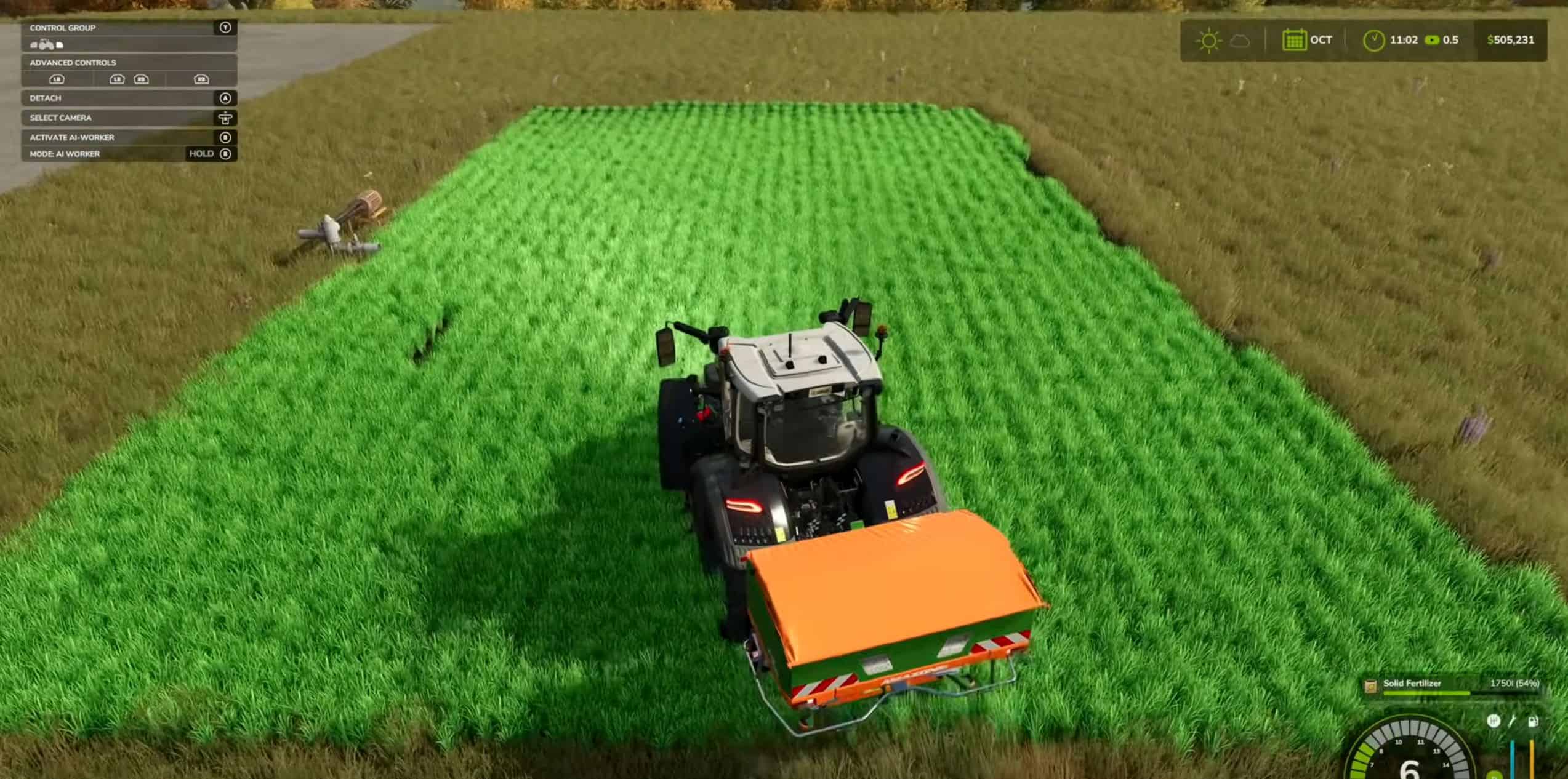
Step 5: Fertilizing for Maximum Yield
To boost your rice yield, follow these fertilization tips:
- After planting, apply a second layer of fertilizer using a spreader with narrow tires to avoid damaging the crop.
- Make sure to complete the fertilization process before the field dries out.
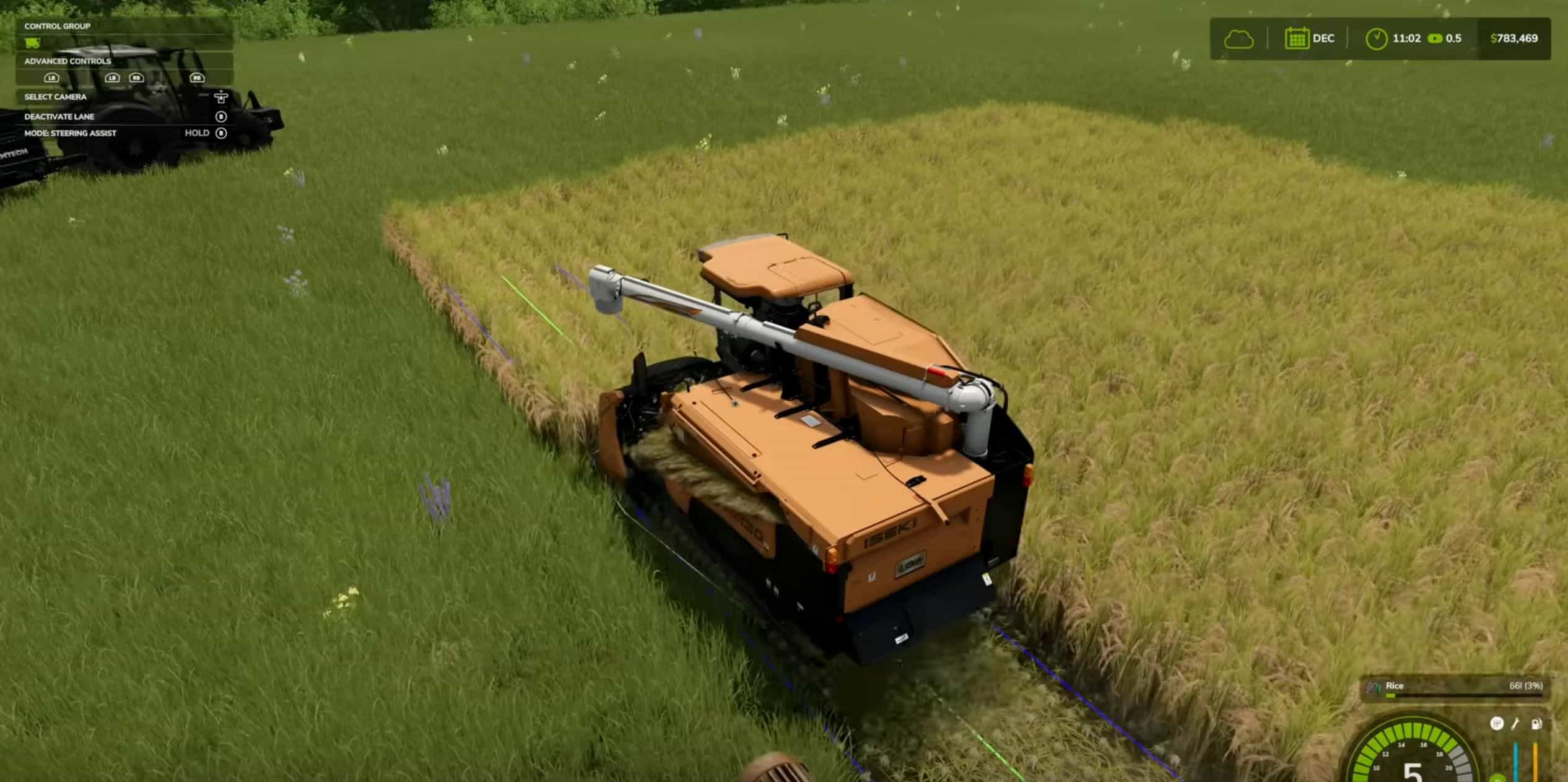
Step 6: Harvesting the Rice
Once your rice is fully grown, it’s time to bring in the harvest:
- Purchase the Iseki Rice Harvester from the shop. This specialized harvester is designed specifically for regular rice.
- Harvest the rice using the harvester, and then unload the collected grain into a trailer for transport.
- You can store the harvested rice in a silo or take it directly to a selling point for profit.
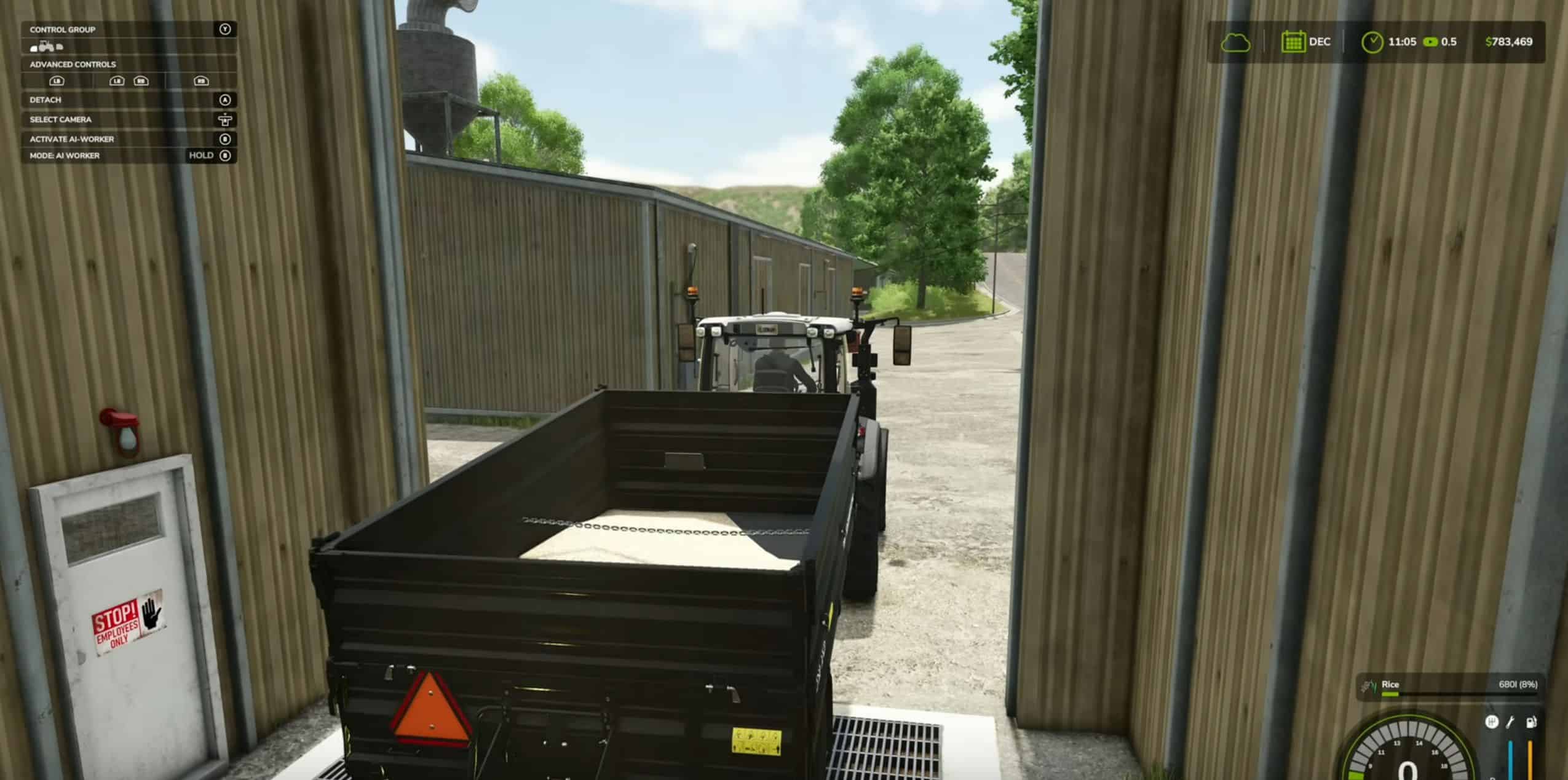
Step 7: Selling and Processing Your Harvest
Rice can be sold directly or processed further for additional profit:
- At the Grain Mill, rice can be turned into products like rice flour, rice oil, or even packaged rice for higher returns.
- Keep an eye on the market prices to sell at the most profitable time.
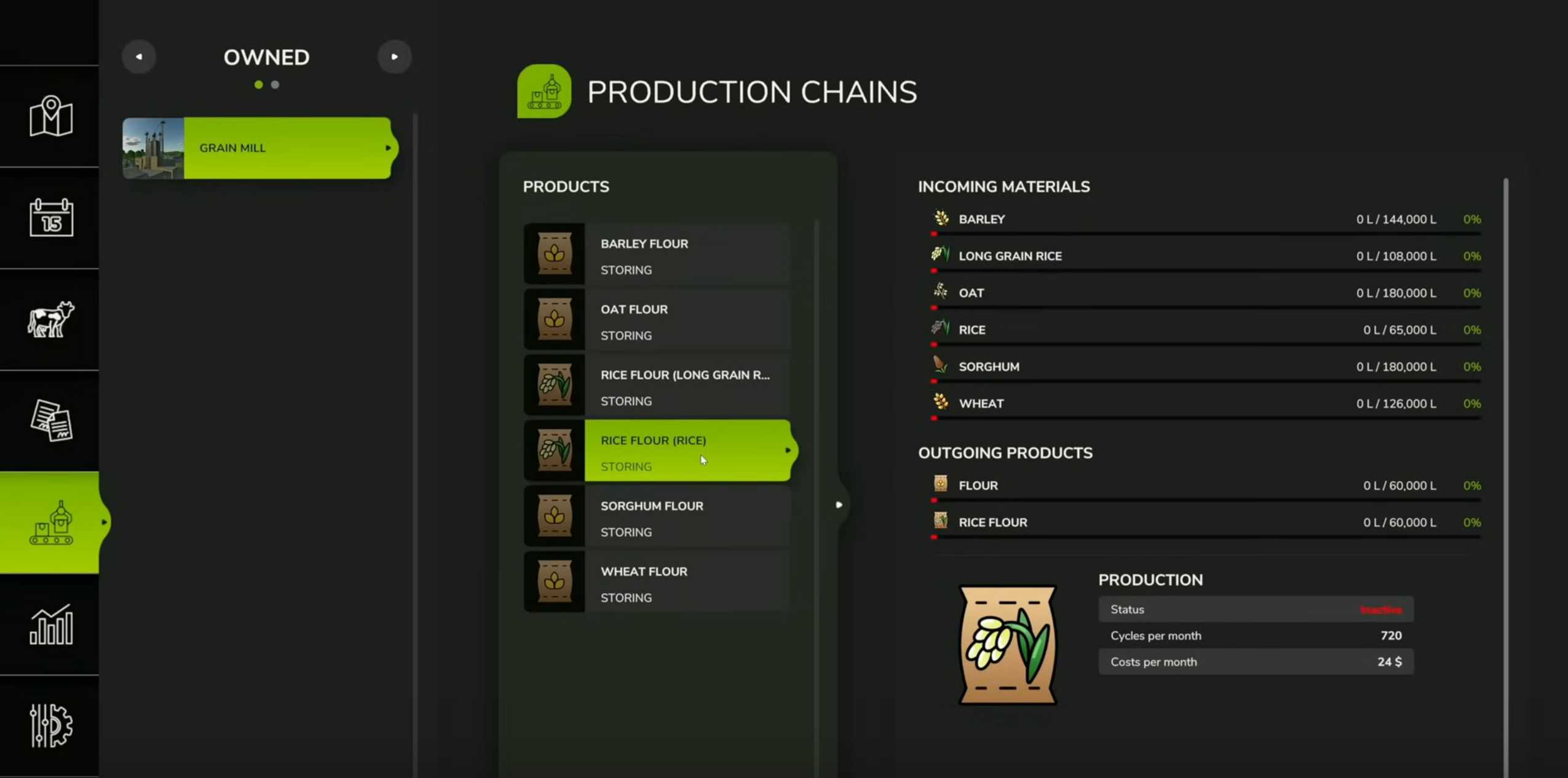
Step 8: Preparing for the Next Planting Cycle
After harvesting, your field will need some maintenance before you can plant again:
- Cultivate the field to remove leftover stubble.
- Apply lime if necessary to maintain soil health.
- Repeat the process starting with flooding the field for your next crop cycle.
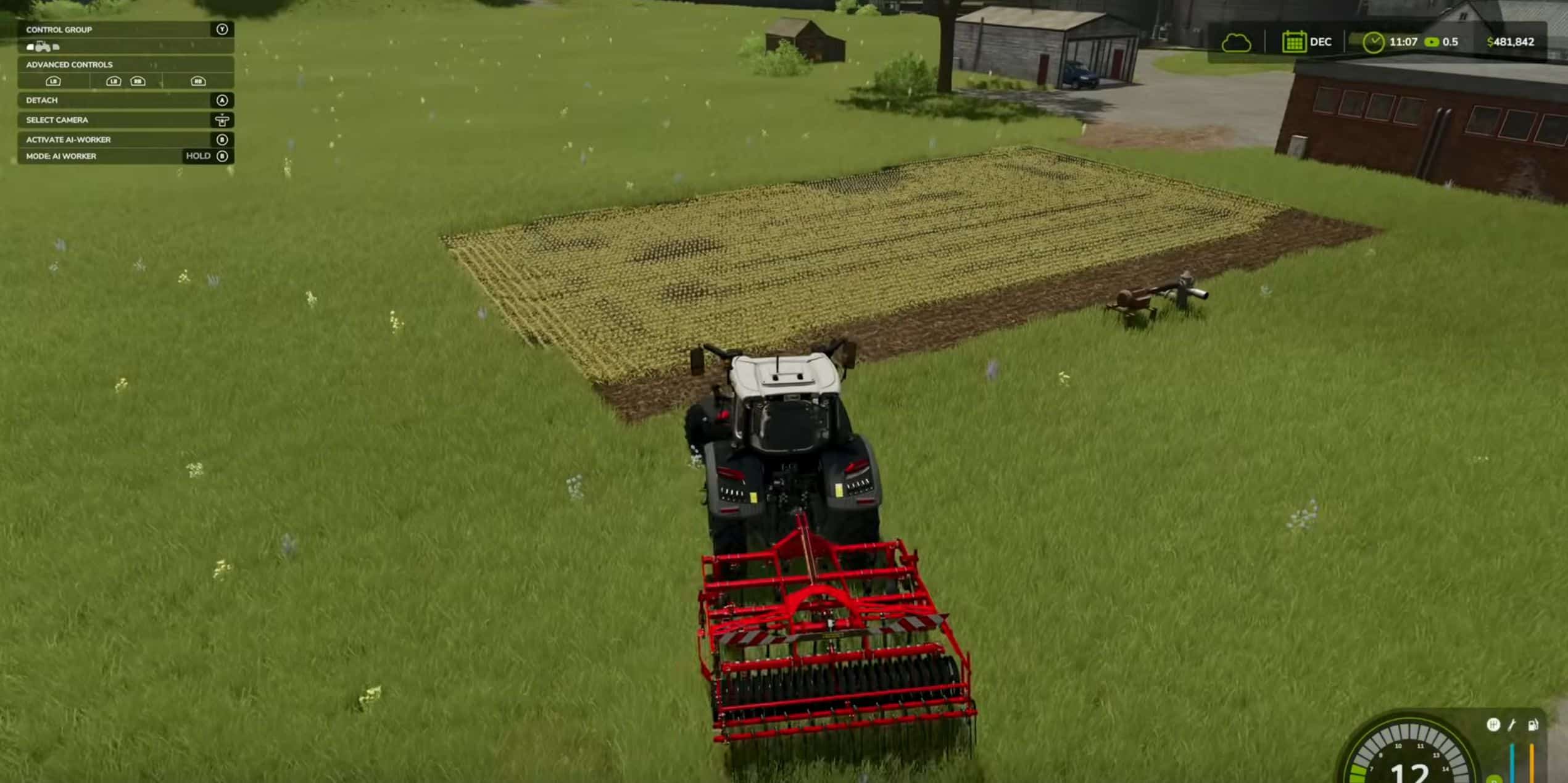
Pro Tips for Efficient Rice Farming
- Use AI workers to help manage larger fields, especially for seeding and harvesting.
- Keep your crop calendar in mind if you have seasonal growth turned on.
- Regular rice has a higher yield and faster growth than long grain rice, making it a great option for early game profit.
By following this guide, you’ll be able to efficiently grow and harvest regular rice in Farming Simulator 25. Whether you’re a seasoned farmer or new to the game, mastering rice cultivation can provide a steady stream of income and add a unique challenge to your farming experience. Happy farming!

